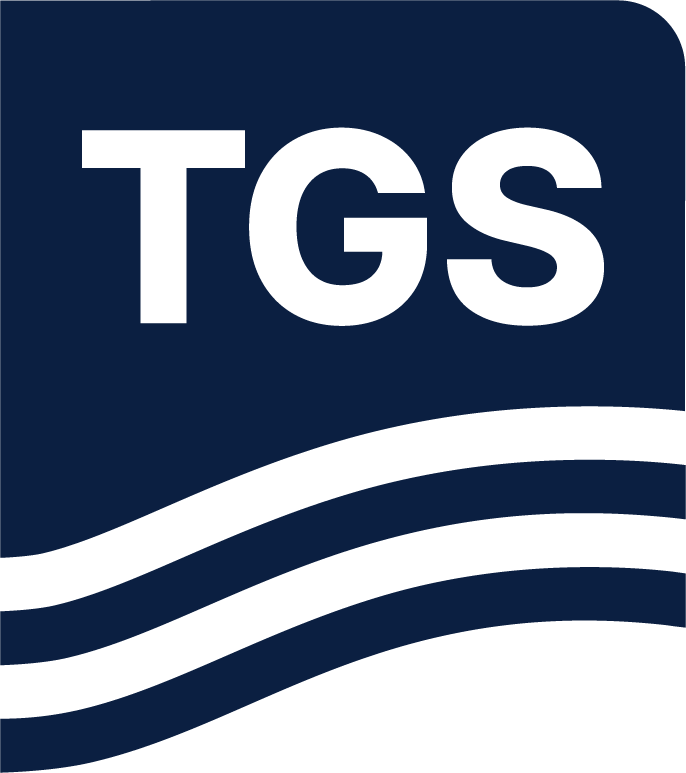Paper Summary
Air guns are reliable sources widely used in the seismic industry. When failures occur, air bubbles are released in the water and can distort the emitted signals. To ensure optimal data quality, source outputs are continuously monitored using near field hydrophones. The current detection methods are based on user experience to differentiate between air leaks and other disturbances in the water affecting the near field hydrophones. We chose to develop a light convolutional neural network since the aim is to have a fast detection tool running in real time during acquisition. Near field recordings from multiple surveys were used to train a robust and generic network. To confirm the accuracy of the network, extensive field tests were conducted using different source geometries operated at different depths.

